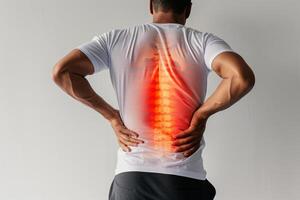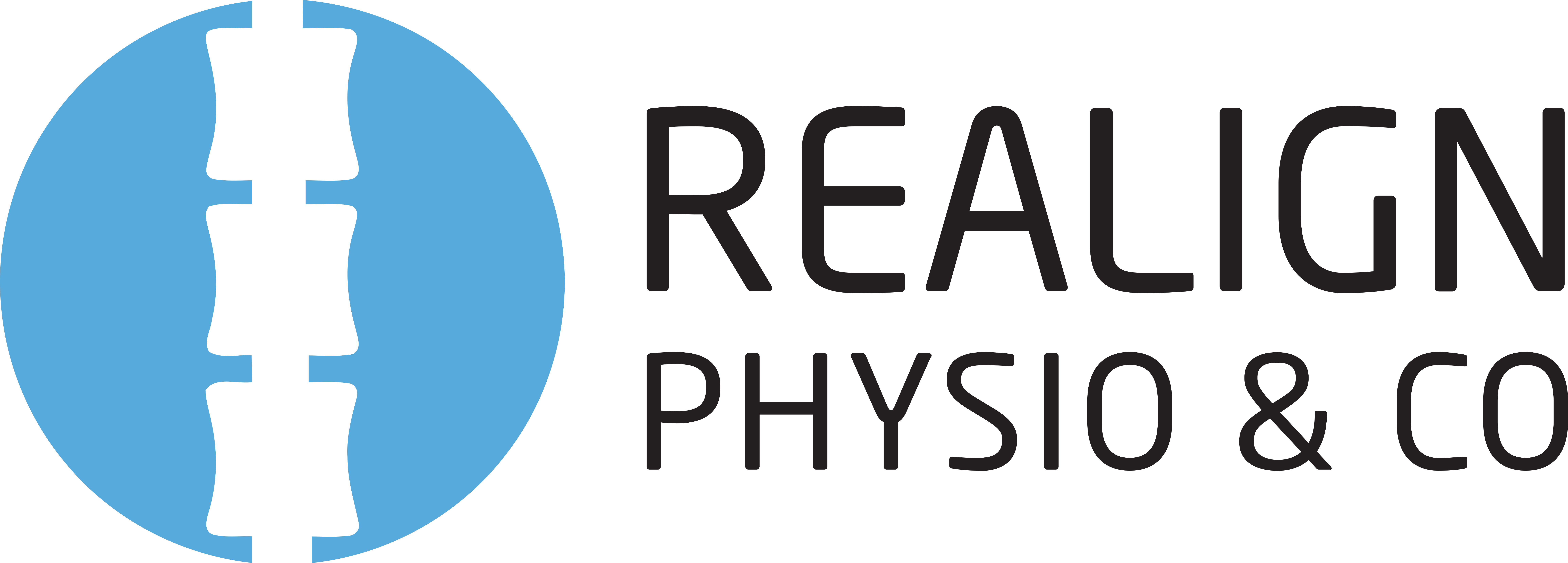Spondy-What? Untangling Common Spine Conditions

Back pain can be confusing, especially when complicated terms are thrown around. Ever been told you’ve got spondylolysis, spondylolisthesis, spondylitis, or spondylosis—and had no idea which one meant what? You’re not alone. These tongue-twisters sound similar but each describes a different issue in the spine. Here’s a clear breakdown of what they mean, how they show up, and what might help.
Spondylolysis
Spondylolysis is a type of stress fracture that occurs in a small part of the vertebra near the back of the spine called the pars interarticularis. It most often affects teenagers or young adults involved in sports that include repeated spinal movements like bending backward or twisting—such as gymnastics, cricket, or diving.
While not always painful, some people notice an ache or discomfort in the lower back, especially during activity. Diagnosis involves a clinical assessment and may include imaging like an X-ray or MRI if needed.
If left unaddressed, spondylolysis can sometimes progress to spondylolisthesis, where one vertebra begins to shift forward over another—so early identification and management can be important.
Spondylolisthesis
Spondylolisthesis happens when one vertebra slips slightly forward compared to the one below it. In younger people, this often follows a stress fracture like spondylolysis. In older adults, it may develop gradually due to natural changes in the spine’s structure over time.
Some people feel no symptoms at all, while others experience lower back pain, tightness through the legs, or occasional tingling or heaviness. Clinical examination and imaging help determine how much movement has occurred and whether nerves are affected.
Spondylitis
Spondylitis refers to inflammation of the spine. The most well-known type is ankylosing spondylitis, which often begins in early adulthood and causes stiffness in the lower back or hips—especially after rest or in the early morning.
Diagnosis is based on your clinical history and may involve blood tests or MRI to look for signs of inflammation. While it’s a long-term condition, early diagnosis and regular movement can make a big difference in how it progresses and how you feel day to day.
Spondylosis
Spondylosis describes age-related changes in the spine, similar to the natural wear and tear that can occur in other joints. The discs between the vertebrae may lose some of their cushioning over time, and small bony changes or joint stiffness may develop.
It’s extremely common—about one in three people may have signs of spinal osteoarthritis on imaging without any symptoms at all. When symptoms do occur, they might include stiffness in the morning, aching after long periods of sitting or standing, or occasional nerve irritation.
Importantly, the severity of changes seen on imaging doesn’t always match how a person feels. Many people with significant changes remain active and mobile, and symptoms are often manageable with the right supports in place.
What Can Help?
If you’re dealing with one of these conditions—or simply wondering if your symptoms might be related—conservative management is often a good place to start.
Physiotherapy: Assess movement, strength, and posture to create a plan that fits your goals and lifestyle.
Exercise physiology: Build long-term strength and conditioning, either individually or in small group classes.
Massage therapy: Help relieve muscle tension contributing to discomfort.
: Improve spinal stability and mobility with programs tailored to your needs, which can be highly effective in managing back pain and enhancing function.
Have a look at or ask us about our individual and small group Pilates sessions to see if they might be right for you.
If you’re unsure where to begin, a physiotherapy assessment can help guide your next steps and connect you to the right supports.
Pilates History and MarchMatness

The History of Pilates
Pilates is more than just an exercise method—it’s a practice with a rich history and a global following. Understanding its origins provides insight into its lasting impact on health and movement.
The Origins of Pilates
Joseph Pilates, the creator of the Pilates method, was born in Germany in 1883. As a child, he suffered from various health conditions, including asthma and rickets. Determined to strengthen his body, he studied a range of physical disciplines, including gymnastics, yoga, and martial arts.
During World War I, Pilates was interned in England, where he refined his training techniques, helping fellow internees improve their strength and mobility. This period was instrumental in the development of his Contrology method, which later became known as Pilates. After the war, he moved to the United States and, with his wife Clara, opened a studio in New York City in the 1920s. His method gained popularity among dancers, athletes, and those seeking rehabilitation from injuries.
The Development of the Pilates Method
Joseph Pilates’ approach to exercise was centered on the idea that physical and mental health are deeply interconnected. He believed in training the body through controlled and precise movements, emphasizing core strength, flexibility, and breathing.
Pilates developed a series of exercises that could be performed both on the mat and using specialised equipment, such as the Reformer and Cadillac. His method was particularly embraced by the dance community, as it helped improve alignment, strength, and injury prevention. Over time, Pilates expanded beyond dance and was adopted by athletes, rehabilitation professionals, and fitness enthusiasts worldwide.
The Evolution and Global Influence of Pilates
Following Joseph Pilates’ passing in 1967, his students, known as the “Pilates Elders,” continued to teach and expand upon his method. As the practice grew in popularity, different styles and variations emerged, ranging from classical Pilates, which stays true to the original teachings, to contemporary adaptations incorporating modern biomechanics and rehabilitation techniques.
Today, Pilates is practiced globally in studios, gyms, and rehabilitation centers. Its benefits are widely recognised for improving posture, core stability, flexibility, and overall well-being. Despite its evolution, the core principles of Pilates — control, concentration, precision, breath, flow, and centering — remain the foundation of its practice.
March MATness: A Celebration of Pilates History
One of the ways the Pilates community honors its history is through March MATness, an annual event that celebrates the original 34 mat exercises designed by Joseph Pilates. Started in 2013 by Pilates instructor Benjamin Degenhardt, March MATness encourages practitioners around the world to revisit and share these foundational exercises throughout the month of March.
Each day in March, participants focus on a different mat exercise, sharing insights, modifications, and experiences through social media and local Pilates communities. This movement not only spreads awareness of the method but also deepens appreciation for its origins and principles.
Experience Pilates at Realign Physio & Co
At Realign Physio & Co, we honor the legacy of Joseph Pilates by offering expert-led classes that help you build strength, flexibility, and coordination. Whether you’re a beginner looking to explore the fundamentals or an experienced seeking to refine your technique, our sessions cater to all levels.
Perfect posture is a myth, but good posture still matters!
While perfect posture is a myth, it is still important to address it. It has been a lot of debate around posture lately. Some believe it’s not important at all, others defend it is.
Only GPR does it for you!
Global Postural Re-education – GPR has helped thousands of people with back pain, neck pain and many other musculoskeletal pathologies.
Understanding Back Pain: Navigating Spine Conditions and PhysiotherapyNeck pain
Neck pain is far more common than you might think, according to the Australian Pain Management Association 1 in 5 readers of this newsletter probably already suffers neck pain. In fact, the chance that you will have neck pain at some point in your lifetime is nearly 50%.
Scoliosis in Children – Watch out for your kid

Scoliosis is a tri-dimensional deformity which can affect the spine at any stage in life. Idiopathic scoliosis occurs more frequently from ten years old, and its progression is closely related to children’s growth spurt.





Recent Comments